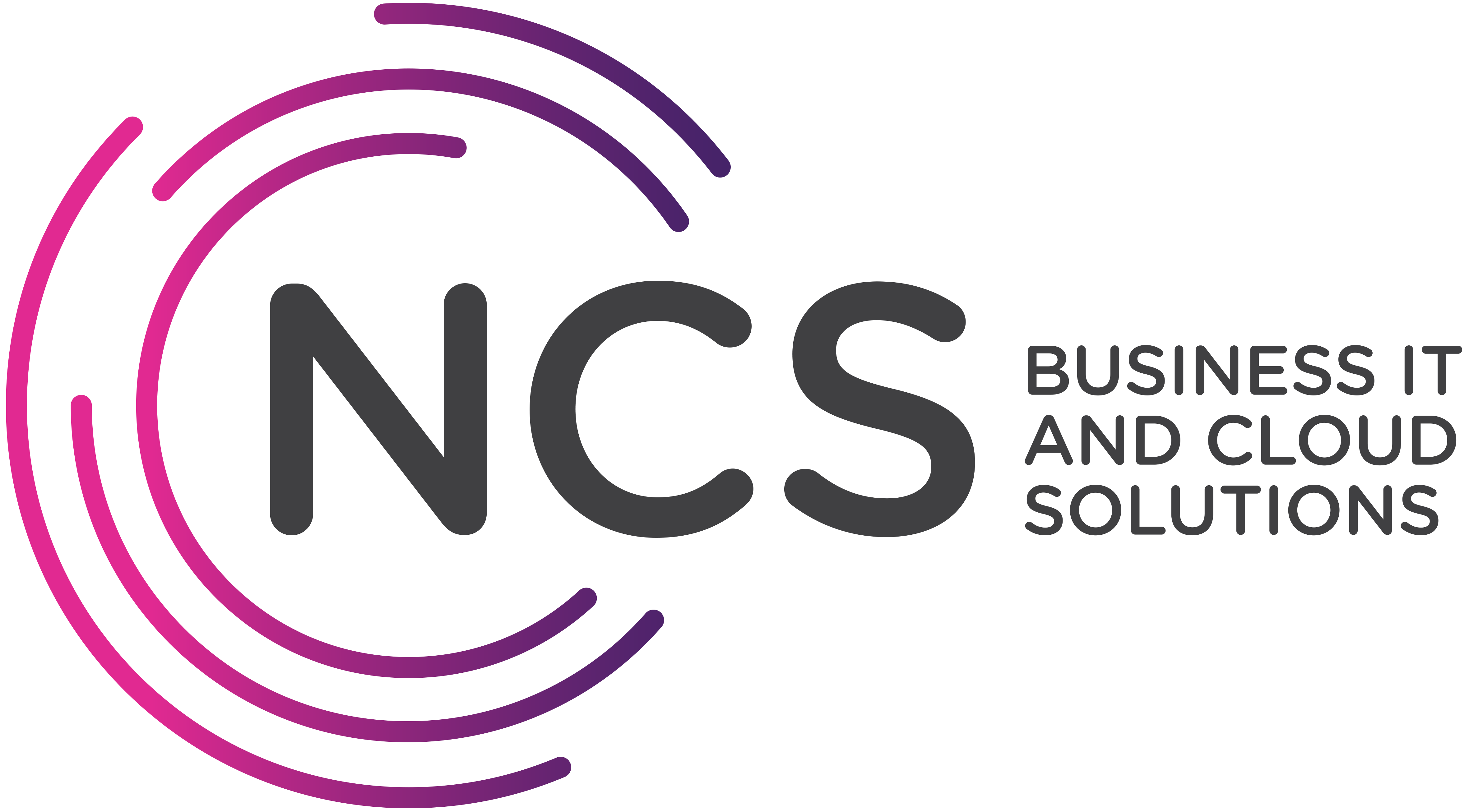It's critical to have responsible principles like transparency and safety built into a generative AI solution. If this concerns you, read this timely blog about how Microsoft uses cutting-edge ideas from research combined with the best practices about policy and customer feedback to build and integrate responsible tools into its AI portfolio.
What are the unique challenges of building generative AI applications?
Organizations should be aware of several challenges when developing generative AI applications, including data security and privacy concerns, the potential for low-quality or ungrounded outputs, misuse and overreliance on AI, the generation of harmful content, and susceptibility to adversarial attacks such as jailbreaks. These risks need to be identified, measured, mitigated, and monitored throughout the development process.
How can organizations implement responsible AI practices?
Organizations can implement responsible AI practices by utilizing role-based access control (RBAC), network isolation, data encryption, and application monitoring. Microsoft provides tools like Azure AI Studio, which includes a model catalog and Azure AI Content Safety, to help developers integrate responsible AI methodologies into their applications. It's essential to adopt a layered approach to mitigate potential harms, including model and safety system layers, metaprompt design, and user experience considerations.
What role does monitoring play in LLMOps?
Continuous monitoring is crucial in LLMOps to ensure that AI systems remain effective and relevant over time, especially as societal behaviors and data evolve. Azure AI offers robust monitoring tools that allow organizations to track metrics such as groundedness, relevance, coherence, and fluency. This ongoing evaluation helps prevent AI systems from becoming outdated and ensures that they continue to meet safety and quality standards in production.



